The 12 Best AI Marketing Tools in 2025 to Boost Reach and Cut Workload
Advertisement
Let’s face it—keeping up with marketing trends, customer behaviors, and campaign data can be exhausting. AI tools don’t just handle the workload; they actually make sense of it. They track patterns, predict outcomes, and even tweak things on the fly. That means you don’t have to waste hours manually reviewing performance reports or wondering which headline works better. AI figures it out while you focus on bigger stuff. Now, let’s talk about the tools making all this happen.
The 12 Best AI Marketing Tools in 2025
Jasper AI
Jasper is one of the most talked-about tools for a reason. It’s great at writing blogs, emails, and ad copy that actually sounds human. All you have to do is feed it a prompt, and it takes care of the rest. It even has templates for different platforms. So, whether you’re doing a Facebook ad or a LinkedIn post, Jasper knows the tone that fits.
Surfer SEO
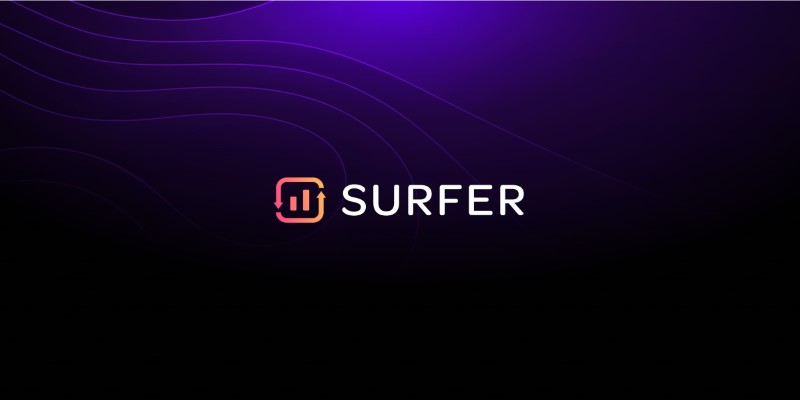
Surfer pairs nicely with content tools like Jasper. It doesn’t write the content itself, but it tells you what to include for better rankings. Think of it as your SEO checklist. You get guidance on word count, keyword density, headings, and even suggested terms based on what’s already ranking.
GrammarlyGO
Good writing needs good editing, and that’s where GrammarlyGO steps in. It’s more than just spelling and grammar—it understands tone, clarity, and even intent. So, if your email sounds too pushy or your product description feels vague, GrammarlyGO offers suggestions that actually help.
ChatGPT (Pro Version)
You probably already know about ChatGPT, but the pro version steps it up. From drafting newsletters to summarizing customer feedback, it handles a bunch of different tasks. You can train it to match your brand voice and use it for everything from brainstorming ideas to writing FAQs.
Smartly.io
If you’re running paid ads, Smartly.io is worth checking out. It connects with platforms like Facebook, Instagram, and TikTok and uses AI to test ad variations. It figures out what’s working and what isn't and then makes adjustments in real time. So you're not stuck manually tweaking campaigns.
Seventh Sense
Email timing matters more than you think. Seventh Sense figures out the best time to send emails to each person on your list. That means better open rates, better click-throughs, and less guessing. It works especially well with platforms like HubSpot and Marketo.
Copy.ai
This one’s similar to Jasper but better suited for short-form content. Headlines, product descriptions, and social captions are where it shines. It's fast, easy to use, and helpful for people who need a quick copy without overthinking every sentence.
Flick
Flick is perfect for brands active on Instagram and TikTok. It uses AI to help you plan content, write captions, and even suggest hashtags. The scheduling tool is easy to use, and the insights feature shows how your posts are performing, so you can adjust as you go.
Instantly.ai
If your focus is cold outreach, Instantly.ai makes the process smoother. It helps find leads, set up automated emails, and keep track of responses. You can even personalize messages at scale without spending hours rewriting each one.
Predis.ai
This one feels like having a mini social media team in your browser. You give it a general idea—say “tips for small business owners”—and it creates a carousel post, caption, and hashtags. It even suggests when to post it. It’s especially helpful for people managing multiple accounts at once.
MarketMuse

For brands focused on long-form content, MarketMuse helps plan and optimize articles so they rank better. It looks at what’s missing, what competitors are doing, and which topics need more depth. The suggestions feel specific, not generic, which is a big plus when writing for SEO.
Ocoya
Ocoya combines content creation and scheduling in one spot. You can write posts, design visuals, and schedule across platforms like LinkedIn, Facebook, and Twitter. The AI helps write captions, while the built-in Canva-style editor takes care of the graphics. It’s simple, especially if you don’t want to jump between apps.
How to Choose the Right Tool for You
Start with what you need. If content creation is the priority, tools like Jasper, Copy.ai, and GrammarlyGO make sense. For paid ads, look at Smartly.io. For social media, Flick and Predis.ai are solid picks. The point is, you don’t need all 12. Just pick the ones that match your current setup and see how it goes.
Also, think about how often you’ll actually use the tool. Some are perfect for daily tasks, while others might only come in handy once a week. That matters when you’re choosing a plan or deciding whether something’s worth the monthly fee. It’s easy to get pulled into shiny features, but if they’re not helping with your daily workload, they’re not worth the cost.
Many of these tools offer free trials or basic plans, so there’s no harm in testing. You can use that time to figure out if the workflow makes sense or if you end up going back to your old methods. If a tool fits naturally into your routine and doesn’t feel like extra work, that’s a good sign.
Once you see how much time and guesswork they save, they'll likely become part of your routine. And even if you start small, it's a step toward building a setup that runs smoother, gets better results, and doesn't burn you out in the process.
Wrapping It Up
AI isn’t here to take your job—it’s here to make it easier. Whether you're writing, analyzing, scheduling, or just trying to keep up, these tools handle the small stuff so you can think bigger. The best part? They’re getting better every year. So, if you’re still doing everything manually, maybe it’s time to try something new. Just one or two of these tools could make a noticeable difference.
Advertisement
Related Articles
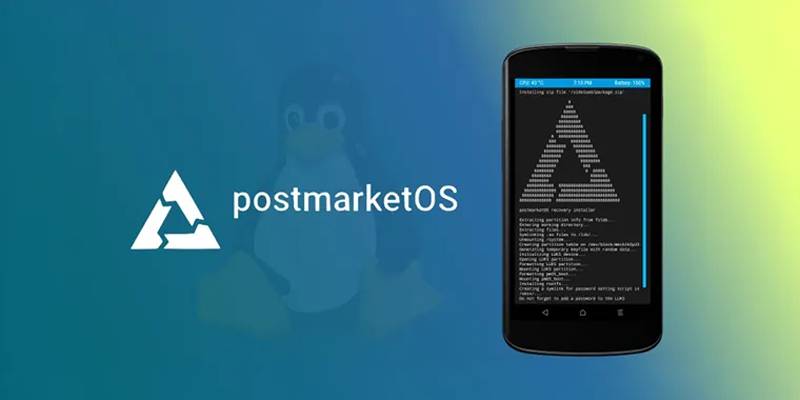
March postmarketOS Update Brings GNOME 48 and COSMIC Integration

The 6 Best Pomodoro Timer Apps in 2025 for Maximum Focus and Productivity

Webflow vs. Squarespace: Which Website Builder is Best for Your Business
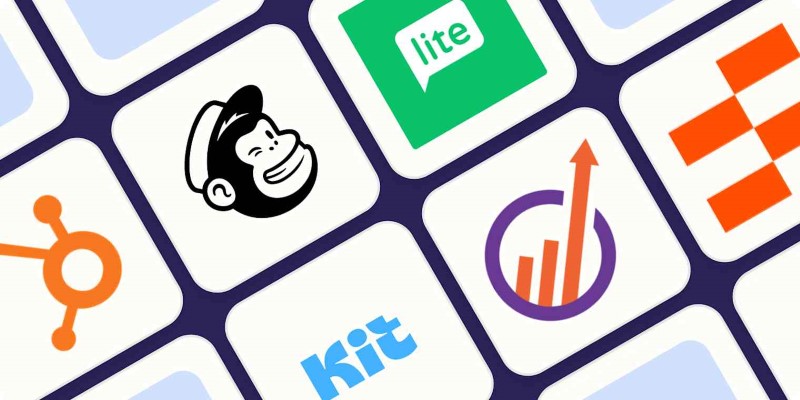
Top ActiveCampaign Alternatives to Try in 2025 for Smoother Workflows

The 6 Best Airtable Alternatives in 2025 to Organize, Track, and Collaborate Better
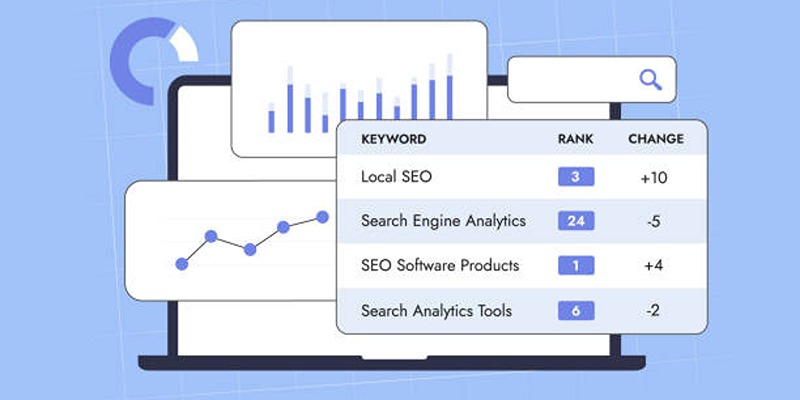
The Ultimate Guide to Linking Google Forms with Google Docs Templates

The 6 Best AI App Builders in 2025 for Fast, No-Code Development
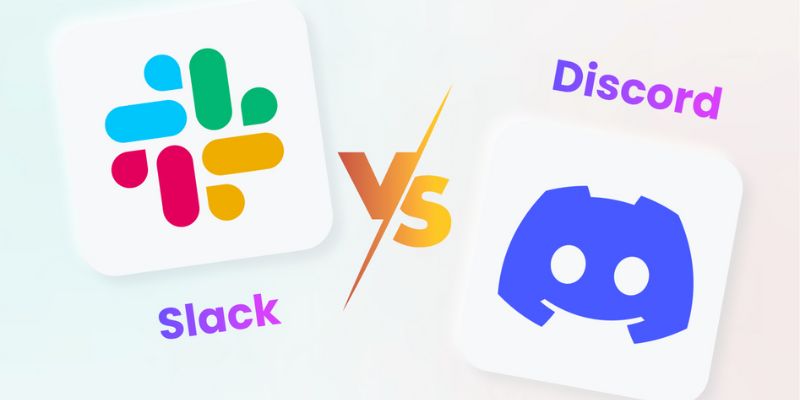
Slack vs. Discord: Choosing the Right Tool for Your Workspace

The Tool Debate: Browser-Based or Installed
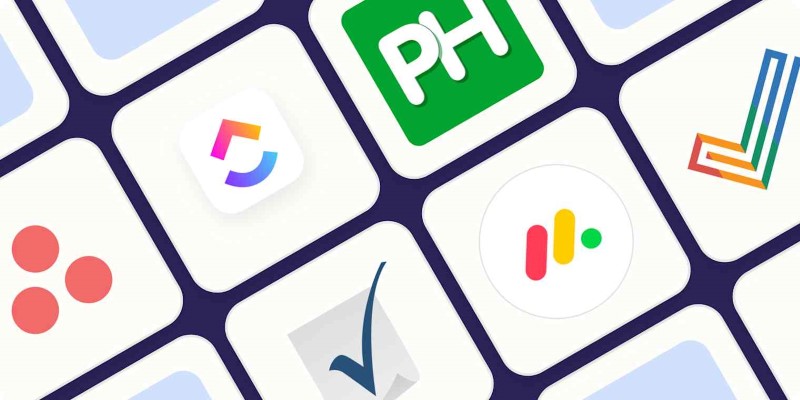
The Best Enterprise Project Management Software in 2025 to Keep Everything on Track

Copilot Adds WhatsApp Image Messaging to Boost Visual Workflows

 lameuplay
lameuplay